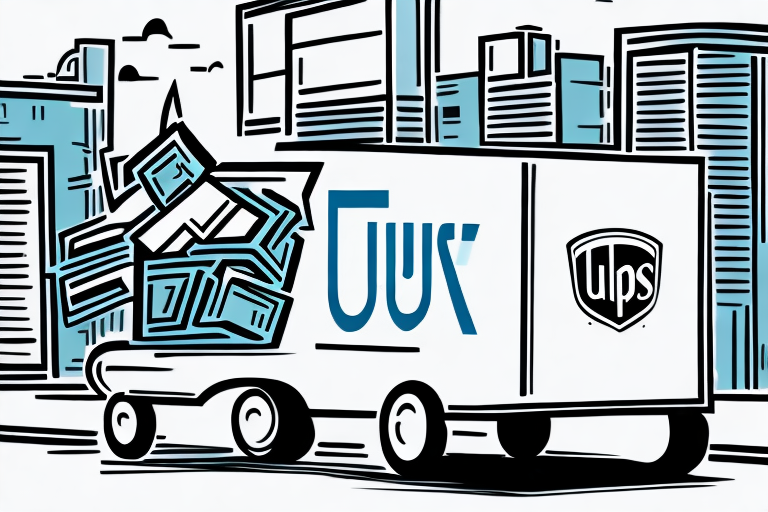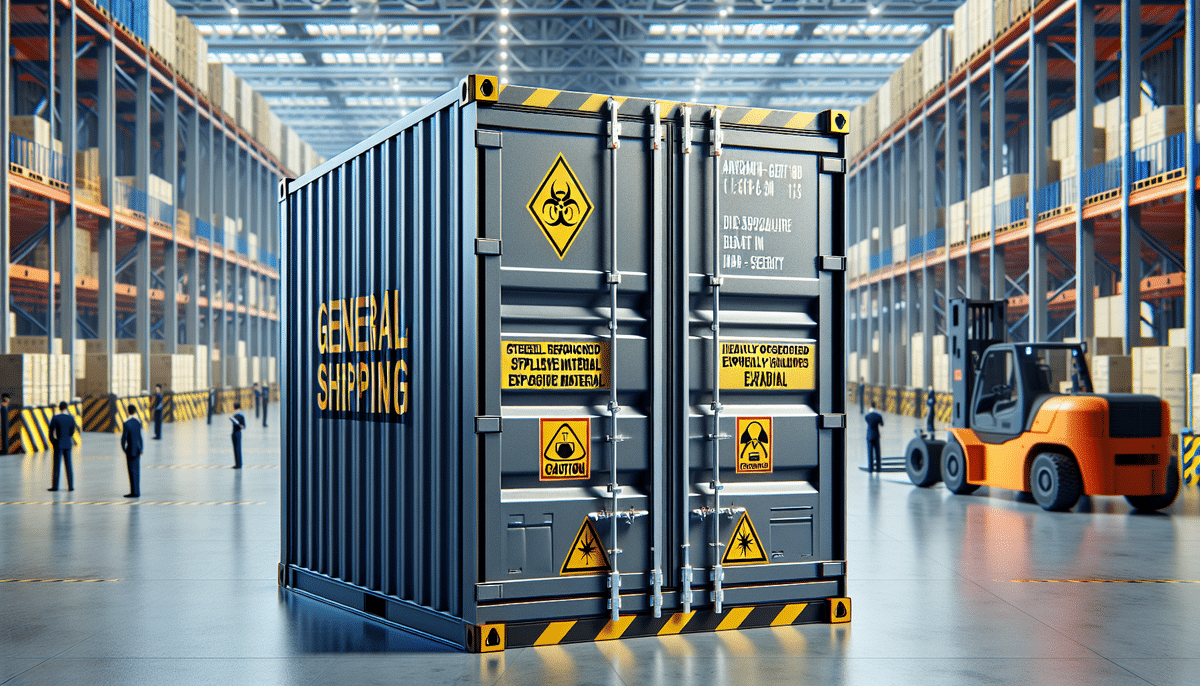Importance of Compliance in Hazardous Material Shipping
Shipping hazardous materials requires strict adherence to regulations to protect human health, wildlife, and the environment. The Department of Transportation (DOT) classifies hazardous materials based on their potential risks, including explosives, flammable liquids, and toxic substances. Compliance with these regulations is not only a legal obligation but also critical for maintaining public safety and environmental sustainability.
Failure to comply with hazardous material shipping regulations can lead to severe penalties, including substantial fines and operational restrictions. According to the U.S. Department of Transportation, non-compliance incidents can result in fines ranging from $100 to $200,000, depending on the severity and nature of the violation.
Moreover, adherence to these regulations enhances a company's reputation. Clients and partners prefer to work with businesses that demonstrate responsible handling of hazardous materials, ensuring trust and long-term collaborations.
Introduction to FedEx Ship Manager Server
The FedEx Ship Manager Server is a robust tool designed to streamline the process of shipping hazardous materials. It offers comprehensive features that facilitate compliance, tracking, and management of shipments, making it an invaluable asset for businesses dealing with hazardous substances.
By leveraging the Ship Manager Server, businesses can efficiently create shipment labels, manage documentation, and monitor shipments in real-time. This centralized platform ensures that all aspects of hazardous material shipping are handled with precision and in accordance with regulatory standards.
Getting Started with FedEx Ship Manager Server
Account Registration
To begin using the FedEx Ship Manager Server, businesses must first register for an account. This involves providing essential business information and setting up user credentials to ensure secure access to shipment management tools.
Inputting Shipment Details
Once registered, users can input detailed shipment information, including the type of hazardous material, quantity, and destination. The Ship Manager Server assists in selecting the correct hazardous material classification, ensuring that all shipments comply with DOT regulations.
Creating and Managing Labels
The platform allows users to generate accurate shipping labels tailored for hazardous materials. These labels include vital information such as hazard classifications, handling instructions, and regulatory compliance marks. Users can also save templates for frequently shipped items, enhancing efficiency and consistency.
Tracking and Notifications
FedEx Ship Manager Server provides real-time tracking capabilities, allowing businesses to monitor the status of their shipments. Automated notifications keep stakeholders informed about delivery updates, ensuring transparency and timely interventions if necessary.
Customizing Shipping Preferences
Users can customize shipping preferences within the platform, setting default carriers, preferred delivery times, and other parameters to streamline the shipping process. This customization aids in maintaining consistency and meeting specific business requirements.
Robust Reporting Capabilities
The Ship Manager Server offers extensive reporting tools that help businesses analyze shipping data. Reports on shipping costs, delivery times, and compliance metrics enable informed decision-making and optimization of shipping strategies.
Hazardous Material Classification and Documentation
Understanding Hazard Classes
Hazardous materials are categorized into nine classes by the DOT, ranging from Class 1 (Explosives) to Class 9 (Miscellaneous Dangerous Goods). Each class defines the nature of the hazard, such as flammability, toxicity, or corrosiveness.
For detailed classifications, refer to the Pipeline and Hazardous Materials Safety Administration (PHMSA).
Required Documentation
Shipping hazardous materials mandates specific documentation to ensure compliance and safety. Essential documents include:
- Bill of Lading: Details the type and quantity of materials, origin, and destination.
- Material Safety Data Sheet (MSDS): Provides detailed information about the material's properties and handling procedures.
- Shipper’s Declaration for Dangerous Goods: Acknowledges the responsibility of the shipper regarding the hazardous materials being transported.
Proper documentation is critical to prevent legal repercussions and ensure the safe transport of hazardous substances.
Packaging, Labeling, and Safety Requirements
Packaging Standards
Packaging hazardous materials requires adherence to specific standards to prevent leaks, spills, and accidents during transit. Containers must be robust, secure, and appropriately padded to protect the materials and handlers.
Guidelines for packaging can be found in the PHMSA Packaging Regulations.
Labeling Requirements
Proper labeling is essential for the identification and safe handling of hazardous materials. Labels must display hazard symbols, handling instructions, and necessary compliance marks. Incorrect labeling can lead to severe penalties and endanger public safety.
Safety Measures
Beyond packaging and labeling, implementing safety measures such as using appropriate personal protective equipment (PPE) and establishing emergency response plans ensures the safe handling and transportation of hazardous materials.
Best Practices and Common Mistakes in Managing Hazardous Shipments
Best Practices
- Comprehensive Training: Ensure all employees are trained in handling hazardous materials and familiar with regulatory requirements.
- Regular Audits: Conduct periodic audits to verify compliance and identify areas for improvement.
- Utilize Technology: Leverage tools like FedEx Ship Manager Server to streamline processes and maintain accurate records.
Common Mistakes to Avoid
- Incomplete Documentation: Missing or inaccurate paperwork can result in fines and shipment delays.
- Poor Packaging: Inadequate packaging increases the risk of spills and accidents during transit.
- Incorrect Classification: Misclassifying hazardous materials can lead to regulatory violations and safety hazards.
Benefits of Using FedEx Ship Manager Server for Hazardous Shipping
Implementing the FedEx Ship Manager Server offers numerous advantages for businesses handling hazardous materials:
- Compliance Assurance: The platform helps ensure all shipments meet regulatory standards, reducing the risk of fines and legal issues.
- Efficiency: Streamlined processes for creating labels, managing documentation, and tracking shipments save time and resources.
- Data-Driven Insights: Robust reporting tools provide valuable insights into shipping performance, enabling strategic decision-making.
- Enhanced Safety: Accurate labeling and packaging support the safe transport of hazardous materials, protecting employees and the environment.
Conclusion
Shipping hazardous materials responsibly is a critical aspect of many businesses, demanding stringent compliance with regulations to ensure safety and environmental protection. The FedEx Ship Manager Server offers a comprehensive solution to manage hazardous shipments efficiently and compliantly. By leveraging its features, businesses can streamline their shipping processes, maintain regulatory compliance, and uphold high safety standards, ultimately fostering trust and reliability in their operations.








